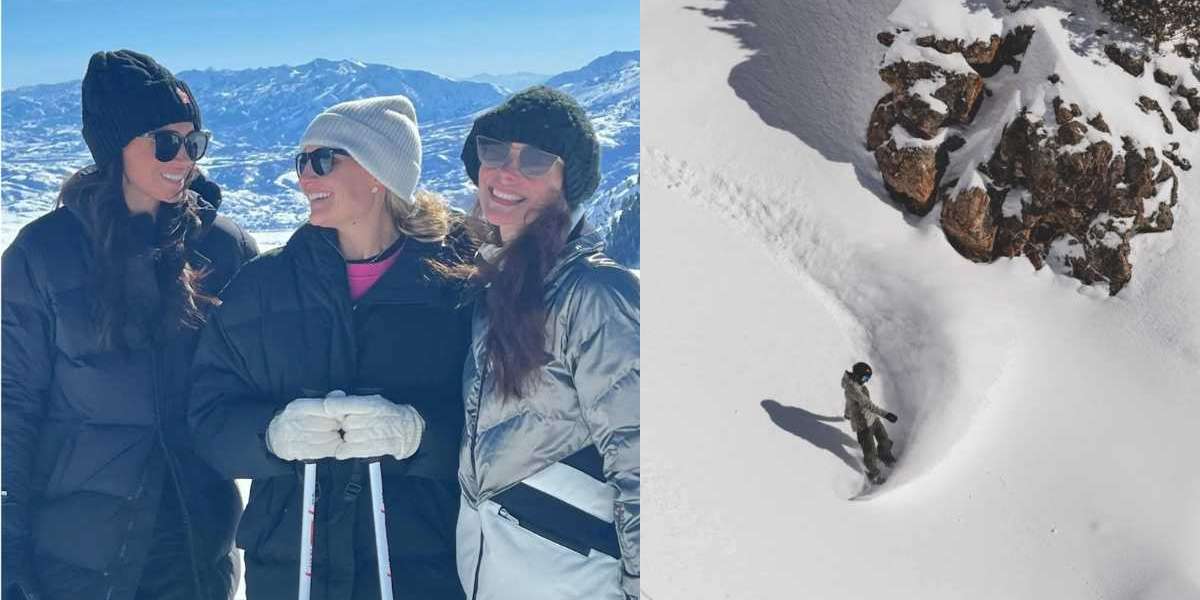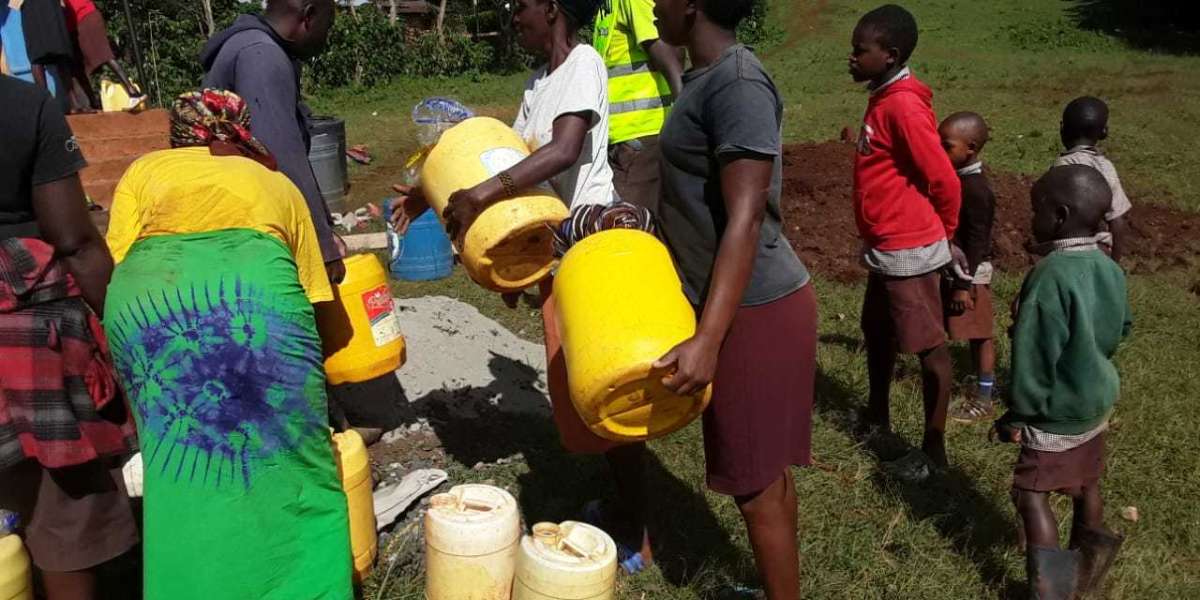Nepal is a mountaineer’s paradise, home to eight of the world’s 14 highest mountains, including Mount Everest. While climbing an 8,000-meter giant is a dream for many, Nepal also offers a wide range of beginner-friendly trekking peaks—perfect for those new to high-altitude climbing or transitioning from trekking to mountaineering.
What is a Trekking Peak?
In Nepal, trekking peaks are classified by the Nepal Mountaineering Association (NMA) and are typically below 7,000 meters. They are accessible for climbers with basic mountaineering training and often require permits, but not the extreme logistics of higher expeditions.
Many trekking peaks involve glacier travel, snow slopes, and the use of crampons, ice axe, harness, and rope—but they are considered achievable for physically fit individuals with proper guidance.
1. Island Peak (Imja Tse) – 6,189m
Region: Everest
Best Season: Spring (March–May) and Autumn (Sept–Nov)
Duration: 16–20 days (usually combined with Everest Base Camp trek)
Technical Difficulty: Moderate
Island Peak, named for its appearance as an island in a sea of ice, is the most popular trekking peak in Nepal. It is an excellent first Himalayan climb due to its accessibility, scenic route, and moderate technical demands.
Why It’s Great for Beginners:
Offers real mountaineering experience: glacier travel, fixed ropes, ice climbing
High success rate with proper acclimatization
Combined with Everest Base Camp for ideal altitude preparation
Requirements:
Basic mountaineering skills and pre-climb training provided by guides
Good fitness and trekking experience up to 5,000 meters
2. Lobuche East – 6,119m
Region: Everest
Best Season: Spring and Autumn
Duration: 16–18 days (can be combined with EBC or Gokyo trek)
Technical Difficulty: Moderate
Located near the Khumbu Glacier, Lobuche East offers a more rugged and technical climb than Island Peak but remains suitable for strong beginners with some instruction.
Highlights:
Stunning views of Everest, Lhotse, and Ama Dablam
Less crowded summit than Island Peak
Technical sections involve steep snow slopes and fixed rope climbing
Considerations:
Requires basic rope and crampon use
Acclimatization is crucial due to the rapid altitude gain
3. Mera Peak – 6,476m
Region: Hinku Valley, Makalu Barun
Best Season: Spring and Autumn
Duration: 18–20 days
Technical Difficulty: Basic to Moderate
Mera Peak is the highest trekking peak in Nepal and offers a relatively non-technical route to the summit. It is ideal for beginners who want to experience climbing above 6,000 meters without intense technical difficulty.
Advantages:
Gentle slopes with less exposure than other peaks
Panoramic summit views of five 8,000-meter giants: Everest, Lhotse, Cho Oyu, Makalu, and Kanchenjunga
Longer, less commercial route allows for gradual acclimatization
Challenges:
Long approach trek through remote areas
Requires glacier travel and rope use
4. Yala Peak – 5,732m
Region: Langtang
Best Season: Spring and Autumn
Duration: 10–12 days
Technical Difficulty: Easy
Yala Peak is one of the most accessible climbing peaks in Nepal and is perfect for beginners looking for a short expedition with minimal technical requirements.
Why Beginners Love It:
Straightforward ascent with basic crampon and rope use
Can be climbed in under two weeks
No prior mountaineering experience necessary
Additional Highlights:
Combine with Langtang Valley Trek for a scenic cultural experience
Close to Kathmandu with no flights required
5. Chulu Far East – 6,059m
Region: Annapurna
Best Season: Spring and Autumn
Duration: 16–18 days (combined with Annapurna Circuit)
Technical Difficulty: Moderate
Chulu Far East is a fantastic introduction to mountaineering in the Annapurna region. It is more remote and less crowded than Island or Mera Peak, offering solitude and authentic Himalayan adventure.
Features:
Summit offers views of Manaslu, Annapurna II, and Dhaulagiri
Combined with the famous Annapurna Circuit for better acclimatization
Moderate technical challenge with snow and ice climbing sections
Tips:
Pre-climb training is recommended
Porters and local guides are essential due to route complexity
Comparison Table: Best Beginner Peaks in Nepal
| Peak | Altitude | Difficulty | Region | Ideal For |
|---|---|---|---|---|
| Island Peak | 6,189m | Moderate | Everest | EBC combo, glacier experience |
| Lobuche East | 6,119m | Moderate | Everest | Technical intro, ropework |
| Mera Peak | 6,476m | Moderate | Hinku Valley | High-altitude training |
| Yala Peak | 5,732m | Easy | Langtang | Short, beginner-friendly climb |
| Chulu Far East | 6,059m | Moderate | Annapurna | Off-beat adventure, Annapurna view |
What You Need to Know Before Climbing
1. Permits
All trekking peaks require:
Climbing permit (cost varies by peak and season)
Trekking permits (e.g., TIMS, conservation area entry)
Permits must be arranged through a registered trekking agency.
2. Guides and Porters
A certified climbing guide is essential for all peaks, especially for safety, rope management, and navigating glaciers. Most agencies provide training and equipment.
3. Fitness Training
You do not need to be a professional athlete, but solid cardiovascular fitness, trekking experience at altitude, and basic mountaineering training are highly recommended.
4. Gear
Most agencies provide group climbing gear like ropes and ice screws. Personal gear includes:
Mountaineering boots
Crampons, ice axe, harness
Warm down layers and waterproof clothing
When to Climb
The best seasons for peak climbing in Nepal are:
Spring (March to May): Stable weather, mild temperatures, clear skies
Autumn (September to November): Post-monsoon clarity, excellent visibility
Avoid winter (too cold and snowy) and monsoon (wet, dangerous trail conditions).
Final Thoughts
Climbing a Himalayan peak is a dream within reach for many adventure seekers. These top 5 beginner-friendly peaks in Nepal offer a perfect entry into the world of mountaineering. With the right preparation, a good guide, and an adventurous mindset, you can stand atop a Himalayan summit and take in the majestic vistas that define the world’s highest mountains.
Whether you choose Island Peak’s popularity, Mera Peak’s altitude, or Yala Peak’s simplicity, Nepal’s trekking peaks offer the adventure of a lifetime—no previous climbing record required.








